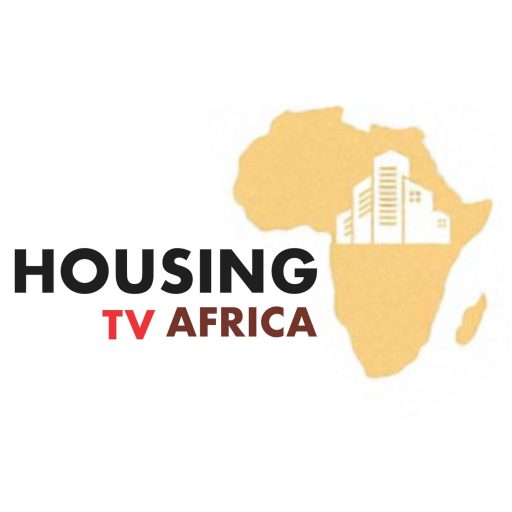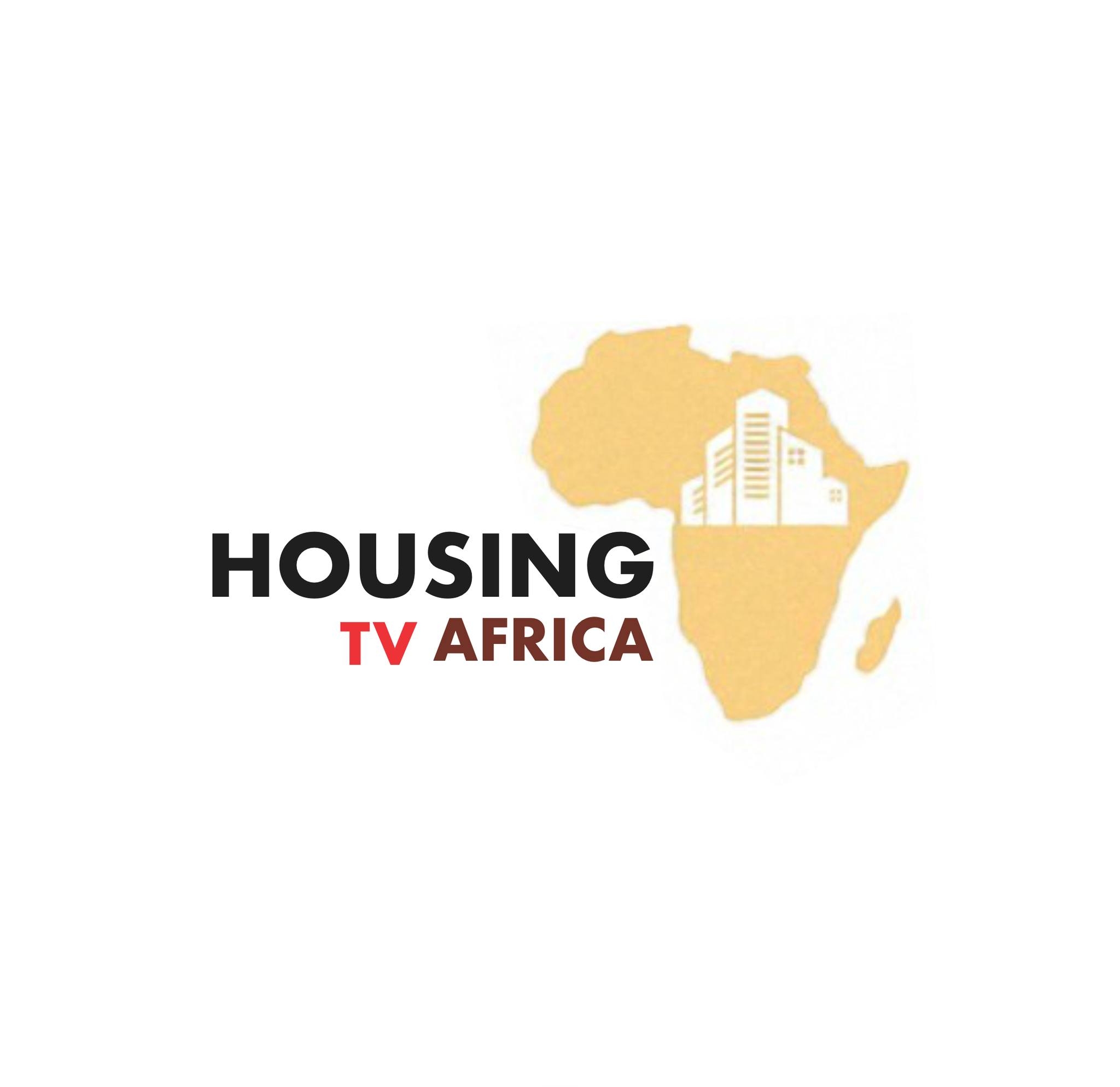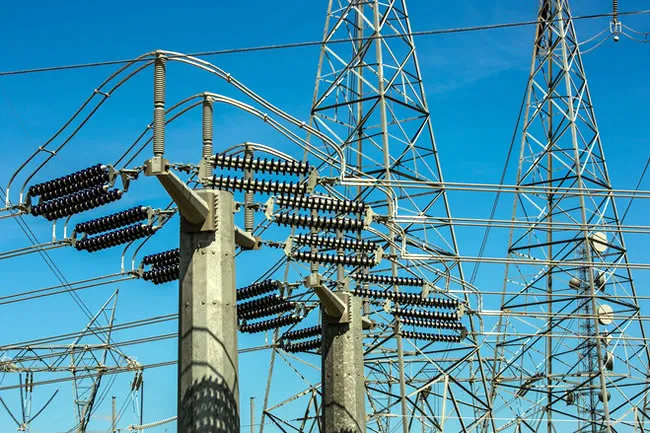Nigeria’s electricity subsidy rose to ₦1.05 trillion in the first half of 2025, almost equal to the ₦1.12 trillion revenue earned by the nation’s 11 electricity distribution companies (DisCos). A Proshare Research report shows a sector burdened by rising costs and unsustainable subsidies.
The subsidy, meant to make tariffs affordable, continues to drain public funds and discourage private investment. Despite higher tariffs for Band A consumers and improved collection efficiency of 76%, subsidy costs climbed alongside revenue growth.
Liquidity remains tight for every ₦100 billed, about ₦25 is lost to poor remittance, theft, and weak compliance. In July 2025, DisCos recorded a ₦49.18 billion shortfall as tariffs lagged behind real costs.
Metering improved slightly to 54%, yet nearly half of electricity consumers remain unmetered. Generation companies (GenCos) recovered only 28% of debts in 2024, with total sector arrears exceeding ₦4 trillion.
Although President Bola Tinubu approved the securitisation of these debts, rising subsidy bills have eroded the gains. Power generation remains stagnant at 5,396MW, far below the 13,000MW capacity.
The government has introduced major reforms including the National Integrated Electricity Policy (NIEP), Mission 300, and several multibillion-dollar funding plans but analysts say real progress is still lacking.
“Government efforts are commendable, but results remain on paper,” Proshare noted.
Until deeper structural reforms take hold, Nigeria’s power sector will remain caught in a cycle where every gain is offset by the cost of keeping the lights on.



